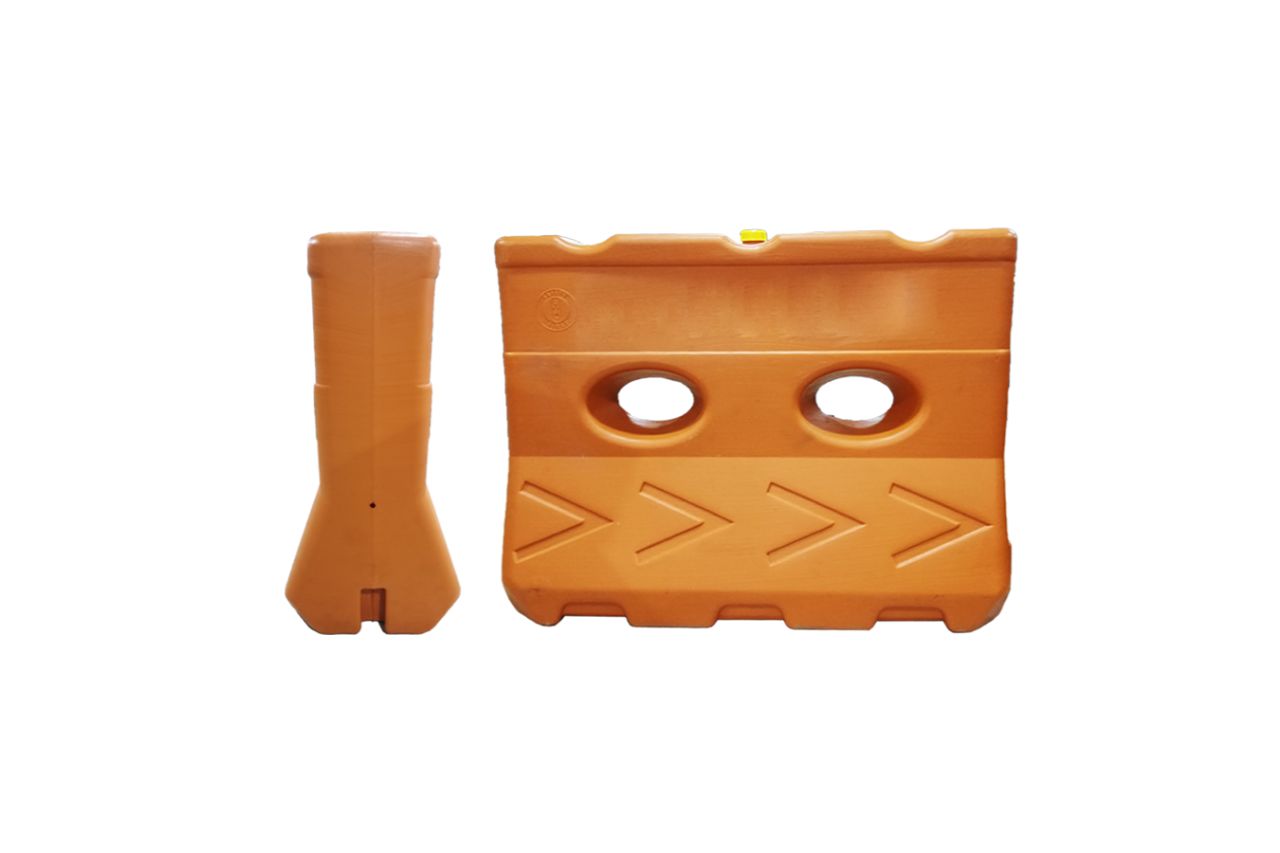
While all types of traffic barriers can be used on roads, each one is made for a specific purpose. Depending on the safety requirements, you might need more than one kind to keep pedestrians, workers, and drivers safe. To help you, below is a list of road equipment typically used on highways and low-traffic areas. Keep reading to learn more!
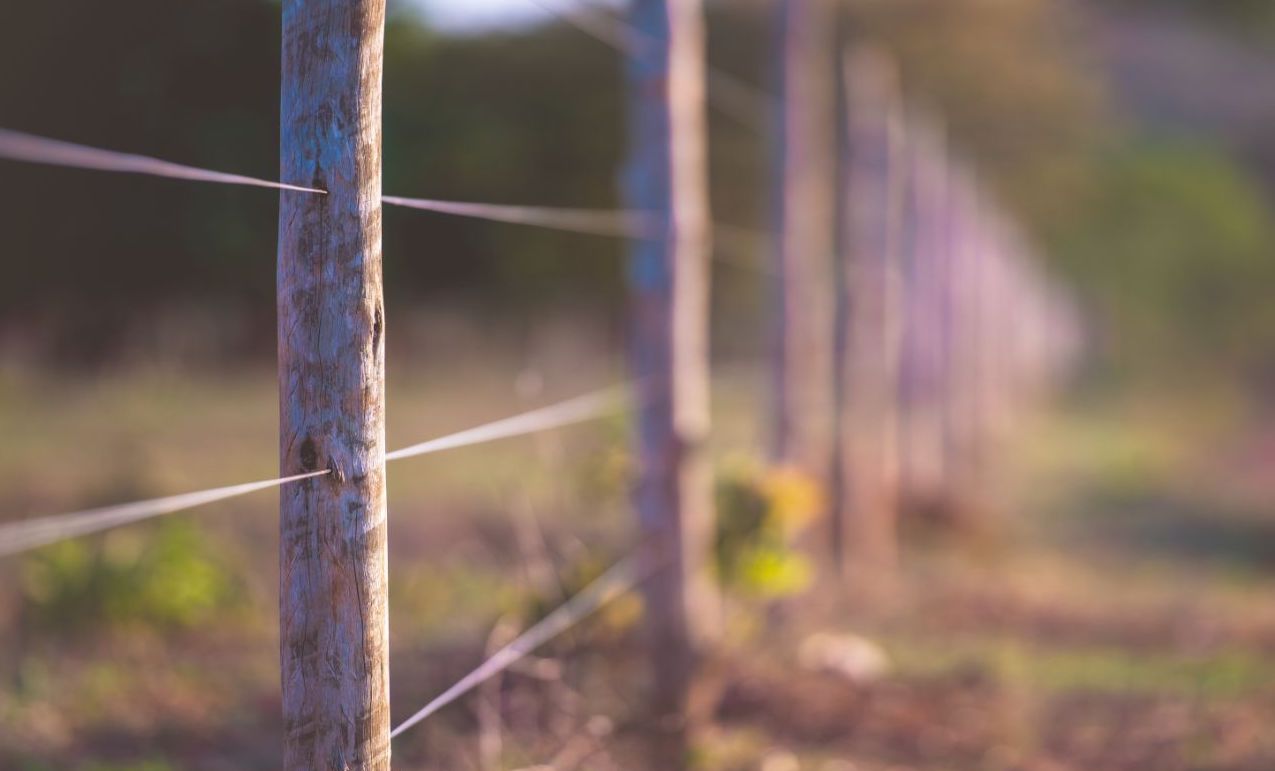
To prevent vehicles from being sidetracked, roads are installed with wire-ropes or cable barriers on the sidelines. These are made with rigid vertical posts with two to three horizontal ropes.
They are chosen for their low cost and easy upkeep, while still providing visibility.
An A-Frame Barrie is a type of barricade that is mainly used for low-traffic areas. It is typically made of a horizontal board with reflectors on its sides. Each side is supported by an A-shaped leg to keep it balanced.
Because of its lightweight design, it is not suited for high-traffic areas. It is commonly utilized for temporary construction projects, school zones, and crowd control. The horizontal beams with orange and white lines can catch a pedestrian’s attention, warning them of dangerous environments.
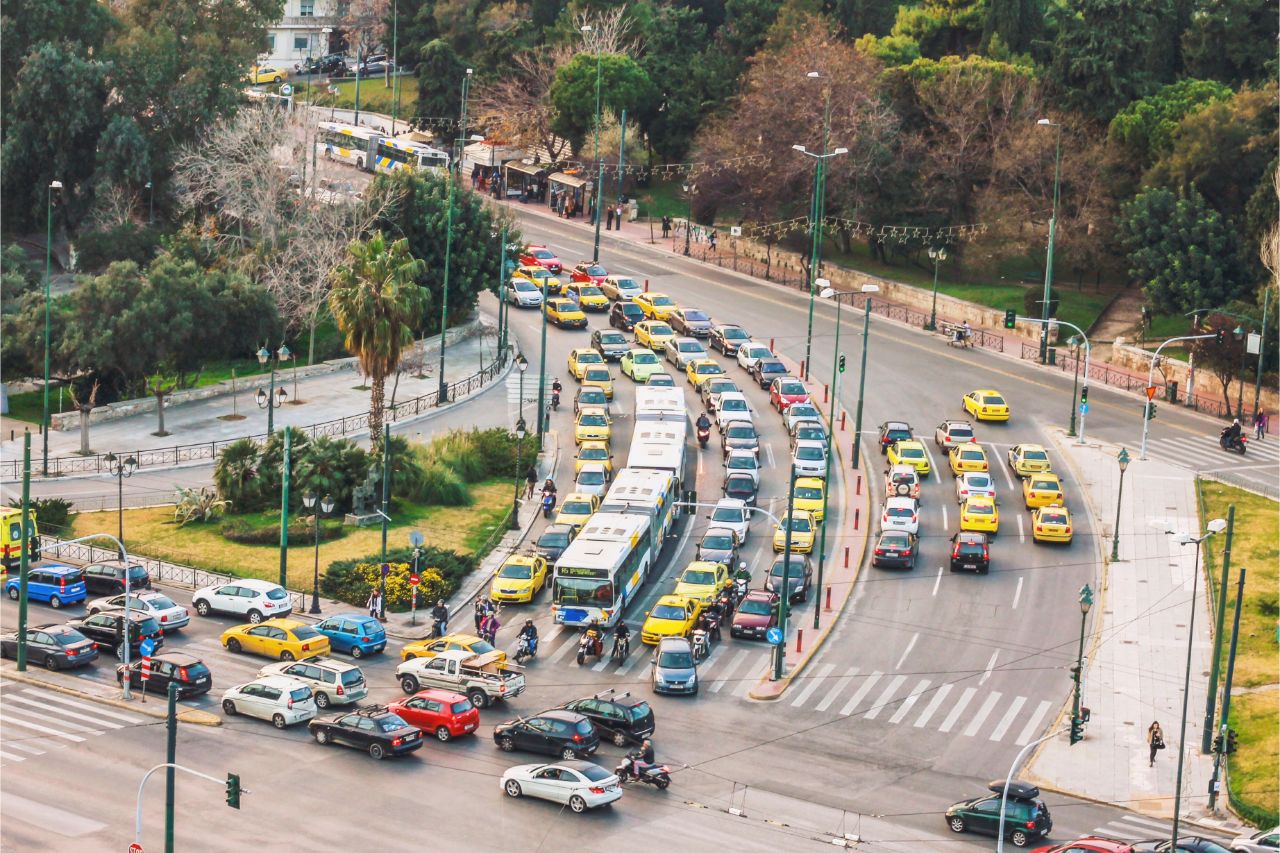
Unlike other barrier types that have wide footprints, delineator tubes have a narrow design. These are used to signal hazards to incoming pedestrians and vehicles rather than acting as barricades. Because of their height and neon colors, these are placed on roads with low visibility to guide and help drivers.
To add to that, these can be installed at the edge of a road to inform drivers of the remaining space they have before reaching a hazard. In case of the need to control the flow of traffic, these can also be lined up for temporary lanes.
If you’re looking for something sturdy to protect road construction workers or prevent vehicles from driving in the wrong lane, concrete barriers are your best bet. These can withstand collisions from incoming vehicles while still maintaining their shape. Because these are extremely rigid, they can also prevent accidents from affecting other lanes.
But because of its durability and hardness, the vehicle will take most of the impact from the collision. To transport and place them, you need to hire an 8-wheeler truck and a crane.
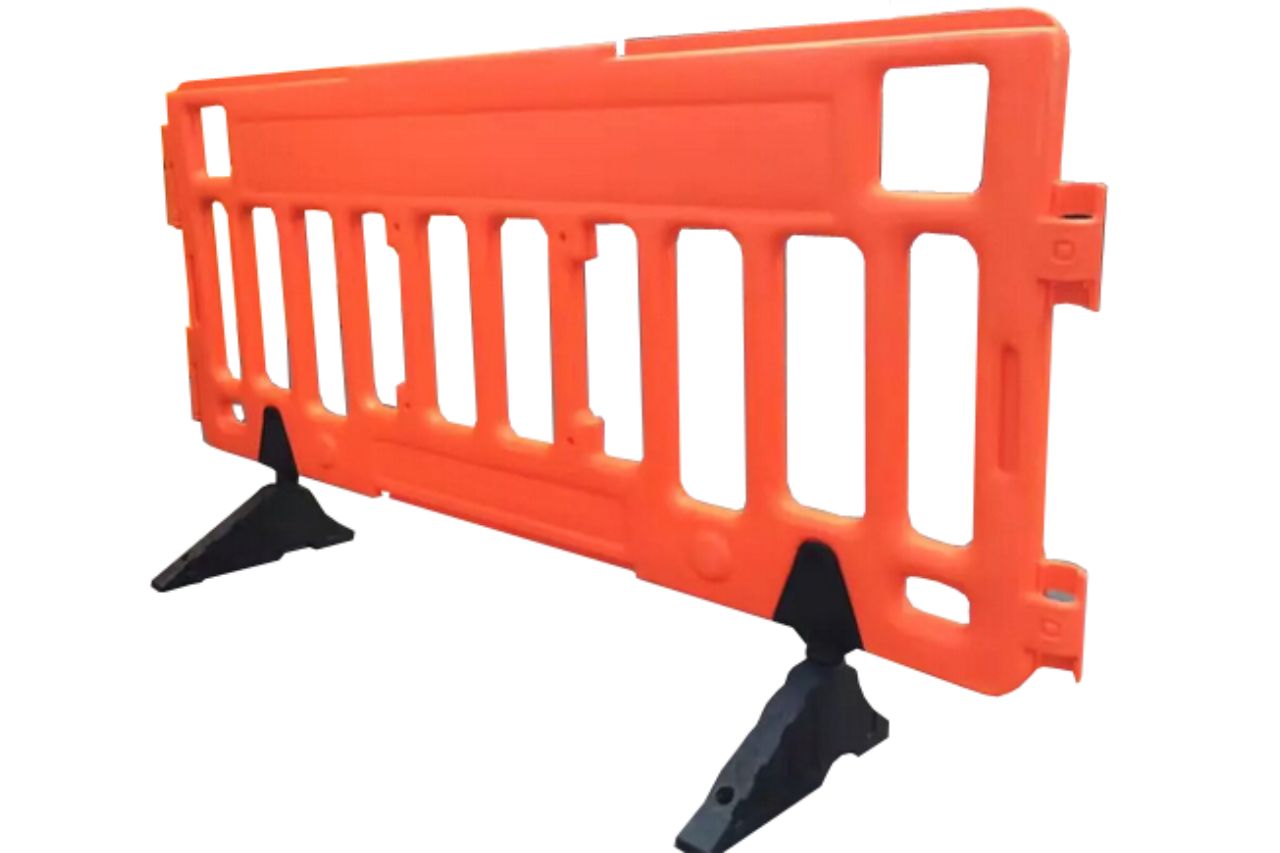
Longitudinal channeling devices (LCDs) are used as an alternative to concrete barriers, l These are barriers made with high-density polyethylene material and an interior space that can be filled with water. LCDs can soften the blow from car collisions while still being sturdy enough to stand on their own.
Unlike concrete barriers that are usually gray, the neon orange color of LCDs can alert oncoming vehicles from afar. These can be connected to form a solid line, which is commonly done in high-speed areas. Because of their material, these won’t damage concrete and asphalt surfaces. As a bonus, these are also easier to set up.
Plastic pedestrian barriers are also made with neon colors to increase visual impact. These are more lightweight than LCDs and are usually utilized for crowd control and low-traffic areas.
Because of their stackable design, these plastic pedestrian barriers provide hassle-free storage on your truck or warehouse. Each end also interlocks to connect each piece, allowing you to install a solid line with ease. Just like LCDs, these are also made with tough high-density polyethylene material.
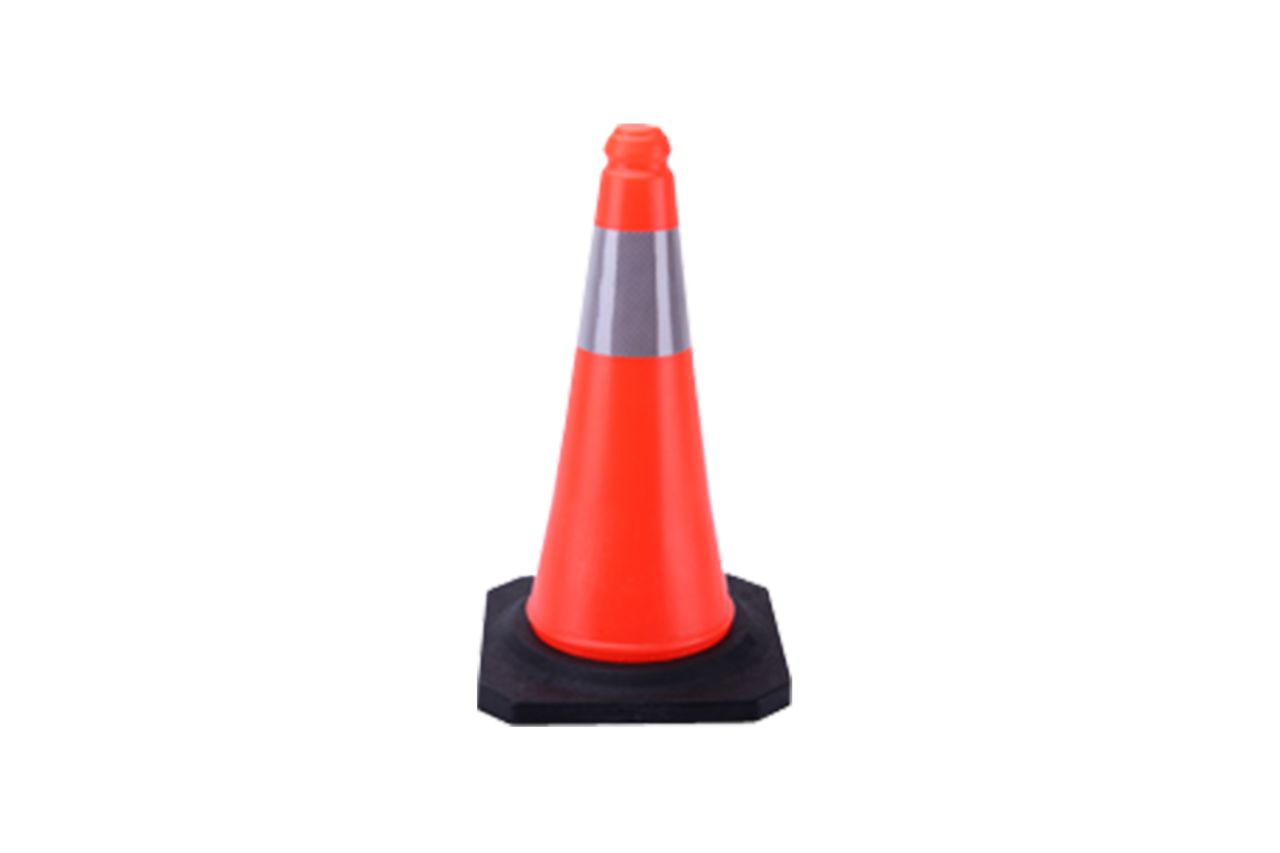
Traffic cones are one of the most-used road equipment. Even though these are smaller compared to other barriers, the weight of it can range from 1 to 15 pounds. While some outdoor projects only need 12-inch high cones, highways with higher speed limits are required to use taller ones.
Traffic cones are incredibly portable and versatile. Because of this, these are not only used for roads. These can be seen on construction sites, and outdoor sites like parking lots and sports arenas. Traffic cones can also be placed to give caution for slippery floors or closed restrooms.
Before you purchase this safety equipment, knowing the types of traffic barriers can help you choose the right one that best fits your requirements. Whether you need one for temporary road construction or are looking for a sturdier alternative that can be used for a long time, each one is made for a different purpose.
Dels Apparel is the best supplier of safety equipment in the country. We also provide traffic barriers and personal protective wear. If you have any questions or inquiries, contact us here!